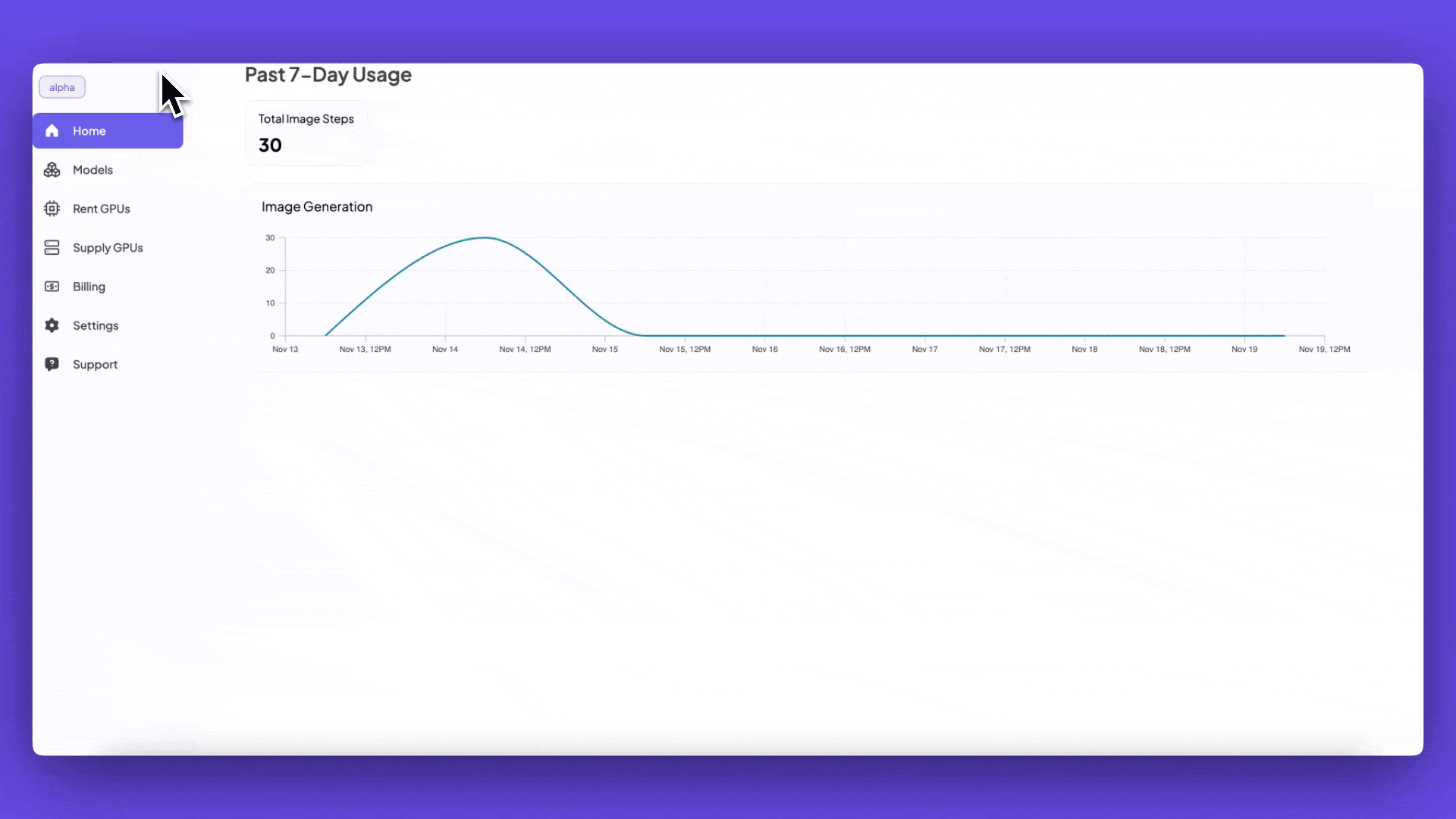Open source AI models allow developers and researchers to build upon existing knowledge to accelerate progress toward groundbreaking applications. Open sourcing models is also a key step in maintaining the ethics and integrity of AI as a field.
The brightest minds in AI often struggle, however, to access the latest open source models and the resources needed to build with them, presenting massive barriers to progress.
Hyperbolic onboards the latest open source models that builders crave to our AI Inference Service. We serve them in our open and accessible AI ecosystem created to democratize access to AI for those building AI for the people, leveling the playing field for innovation.
What’s Gatekeeping Open Source AI?
While open source AI models are technically free and available to anyone, the paradox of "open source" AI lies in the hurdles put around it.
The computational demands of running open source AI models alone are staggering—most models require cutting-edge GPUs or specialized hardware that can cost builders as much as a new car. Even with the right hardware, the storage required for hosting a model can balloon to hundreds of gigabytes, or even terabytes.
Actually getting these models to run is like being handed the keys to a Formula 1 car—free to use, but requiring a highly specialized skillset beyond that of any other type of race car to operate. Getting optimal performance requires careful fine-tuning, optimization, and expertise in a maze of software dependencies.
Finally, as these models grow in size and complexity, managing the infrastructure becomes a job in itself, requiring constant updates and maintenance to keep pace with rapid advancements. As a result, despite being "open source," these AI models remain practically inaccessible to all but the most well-resourced organizations. It's a situation that ironically contradicts the democratic spirit of open source development, creating an invisible wall between these powerful tools and the broader community they are meant to serve.
Hyperbolic: The Gateway to Open Source AI
Hyperbolic's AI Inference Service breaks down barriers and provides unparalleled access to the latest open source AI models, hosting:
Vision Language Models (VLMs), combining visual and textual understanding
Qwen2-VL-7B-Instruct
Pixtral-12B
Qwen2-VL-7B
Base Models allowing access to the raw power of foundational AI
Llama 3.1–405B-BASE (BF16)
Llama 3.1–405B-BASE (FP8)
Text-to-text models for natural language processing tasks
Qwen2.5–Code-32B
Llama 3.2–3B
DeepSeek-V2.5
Llama 3.1–7B
Hermes–3-70B
Llama 3.1–405B
Llama 3.1–3B
Llama 3.1–88
Text-to-image models to unleash your creativity with AI-generated visuals
Flux 1 [dev]
SDXL-1.0
Segmind SD–1B
Stable Diffusion–1.5
SDXL-1.0-Turbo
Text-to-speech models for voice synthesis applications
Melo TTS
We are committed to onboarding open source models as soon as they hit the market, being among the first to offer Llama 3.2 90B Vision BASE. We also actively respond to user requests for new models, ensuring our platform evolves with builders’ needs.
Our proprietary compiler ensures GPU hardware is optimized, making inference on its platform as performant—if not more efficient—than centralized solutions.By leveraging our decentralized GPU network, we offer these high-performance models at a fraction of the cost of traditional providers.
At Hyperbolic, we're not just providing access to open source AI models—we're fostering an ecosystem where innovation thrives. We're empowering developers, researchers, and businesses to push the boundaries of what's possible with AI by offering affordable, high-performance access to open source AI.
Join us in shaping the future of AI. Take your ideas Hyperbolic and experience the power of truly accessible open-source AI today by visiting app.hyperbolic.xyz/models.


























